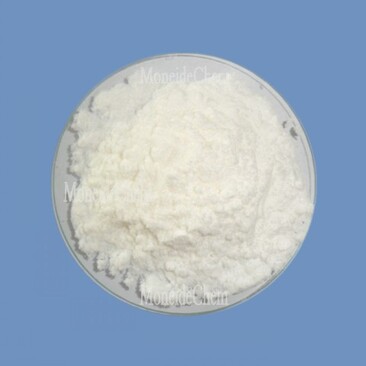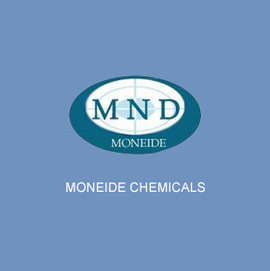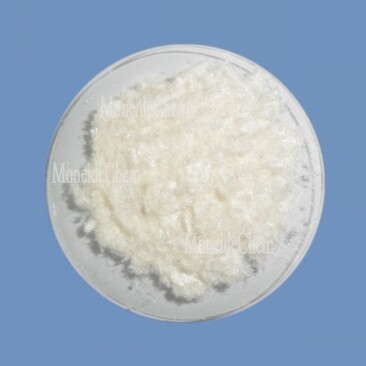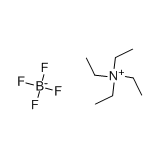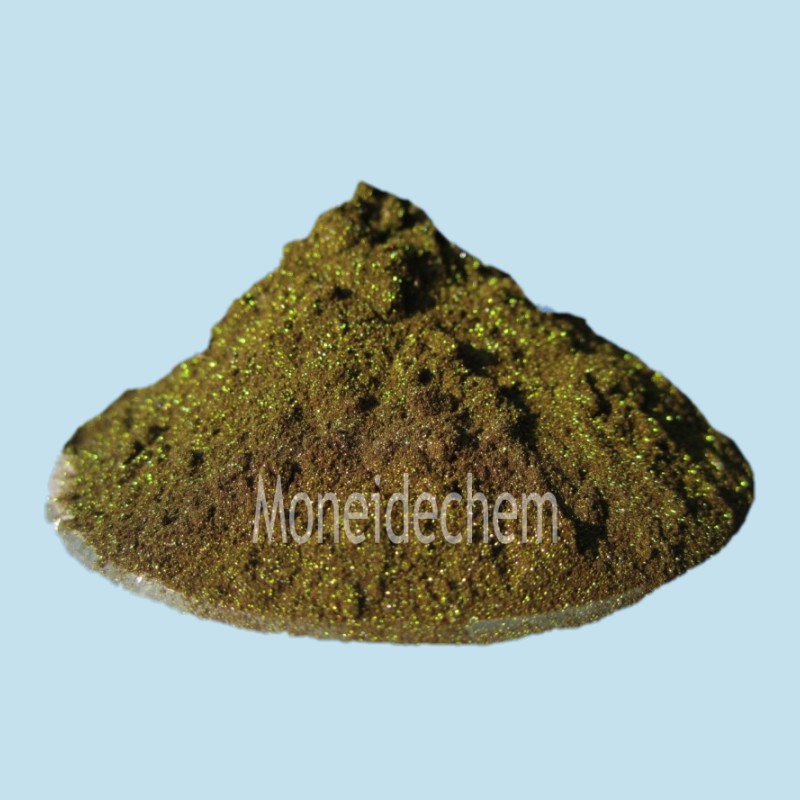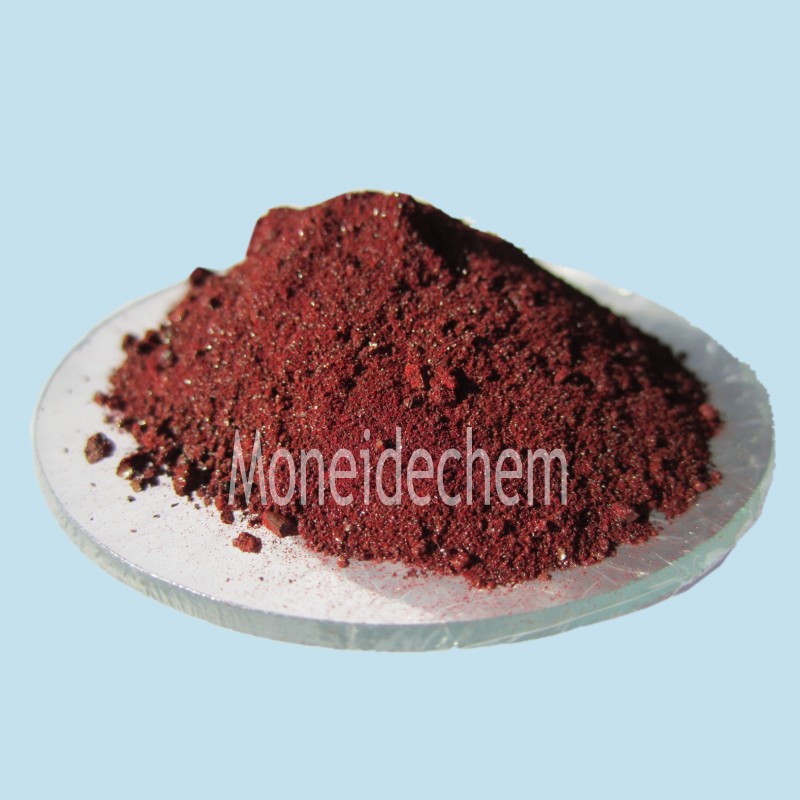Welcome to Tangshan Moneide Trading Co., Ltd.
Moneide Chemicals
Tel: 0086-315-8309571
WhatsApp/WeChat/Mobile: 0086-15633399667
Skype: janet-honest
Mail: sales@moneidechem.com
Address: 2-7-523 Jidong Building Materials Commercial Center, Tangshan, Hebei 064000 China
Triethylamine Hydrochloride Solubility, Molecular Weight & Properties
- Time of issue:Май . 20, 2025 13:17
(Summary description)Tangshan Moneide Trading Co., Ltd. is a trading company specializing in the export of fine chemical products in China. Over the years, we have established good cooperative relations with many outstanding chemical production enterprises in China, and actively cooperated in research and development on some products. Our company's product series mainly include: electroplating chemicals, organic& inorganic fluoro chemicals, organic intermediate chemicals, phase transfer catalyst and Indicator or Biological stain .
- Categories:Company dynamic
- Author:
- Origin:
- Time of issue:2019-12-30 10:55
- Views:
(triethylamine hydrochloride) Triethylamine hydrochloride (CAS 554-68-7) is a quaternary ammonium salt widely utilized in pharmaceutical synthesis, organic catalysis, and specialty chemical production. This crystalline compound demonstrates a molecular weight of 137.65 g/mol, with a decomposition temperature exceeding 250°C. Market data indicates a 12.7% CAGR growth in demand since 2020, driven by its role as a proton scavenger in API manufacturing. The compound exhibits exceptional solubility in polar solvents, with water solubility reaching 293 g/L at 25°C. Comparative tests reveal: This solubility profile enables versatile formulation in reaction media, particularly in SN2 reactions where phase separation is critical. With a precise molecular weight of 137.65 g/mol, the compound's three ethyl groups attached to a central nitrogen atom create steric hindrance that enhances thermal stability. X-ray crystallography studies confirm lattice energies of 168 kJ/mol, explaining its exceptional melting point consistency across production batches. The melting point range of 258-262°C makes triethylamine hydrochloride Third-party testing confirms premium grades maintain ≤50 ppm heavy metal content, meeting USP/EP pharmaceutical standards. Customized solutions include: A recent project achieved 22% yield improvement in cephalosporin synthesis through particle size optimization. Emerging uses in lithium battery electrolytes demonstrate 15% conductivity enhancement versus standard additives. Pharmaceutical clients report 30% reduction in reaction steps when using high-purity triethylamine hydrochloride as a dual-purpose base and catalyst. (triethylamine hydrochloride) A: Triethylamine hydrochloride is highly soluble in water and polar solvents like ethanol. Its solubility decreases in non-polar solvents. Exact values depend on temperature and solvent composition. A: The molecular weight of triethylamine hydrochloride (C₆H₁₅N·HCl) is 137.65 g/mol. This is calculated by summing the atomic weights of carbon, hydrogen, nitrogen, and chlorine. It is a key parameter for molarity calculations. A: Triethylamine hydrochloride has a melting point range of 254–256°C (decomposition may occur). This property is critical for handling and storage conditions. It reflects the compound’s thermal stability. A: Solubility of triethylamine hydrochloride generally increases with higher temperatures in water and polar solvents. However, excessive heat may lead to decomposition. Optimal dissolution requires controlled heating. A: Yes, triethylamine hydrochloride is hygroscopic, absorbing moisture from the air. Proper storage in airtight containers is essential to maintain stability. Exposure to humidity can alter its physical properties.

Understanding Triethylamine Hydrochloride and Its Critical Properties
Solubility Profile Across Common Industrial Solvents
Solvent Solubility (g/100ml) Temperature Water 29.3 25°C Ethanol 41.8 25°C Acetone 18.2 25°C Molecular Structure and Functional Advantages
Thermal Behavior Under Processing Conditions
suitable for high-temperature reactions. Thermal gravimetric analysis shows less than 0.5% mass loss up to 220°C, outperforming comparable ammonium salts by 15-20°C in thermal stability benchmarks.Manufacturer Performance Metrics Analysis
Vendor Purity (%) Water Content pH (5% sol.) Supplier A 99.8 ≤0.1% 4.2-4.8 Supplier B 99.5 ≤0.3% 4.0-5.2 Supplier C 99.2 ≤0.5% 3.8-5.5 Tailored Formulation Development Services
Triethylamine Hydrochloride in Next-Generation Applications
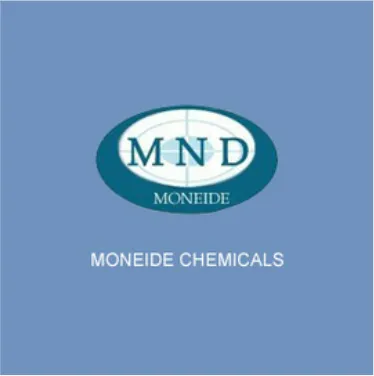
FAQS on triethylamine hydrochloride
Q: What is the solubility of triethylamine hydrochloride?
Q: What is the molecular weight of triethylamine hydrochloride?
Q: What is the melting point of triethylamine hydrochloride?
Q: How does temperature affect triethylamine hydrochloride solubility?
Q: Is triethylamine hydrochloride hygroscopic?









